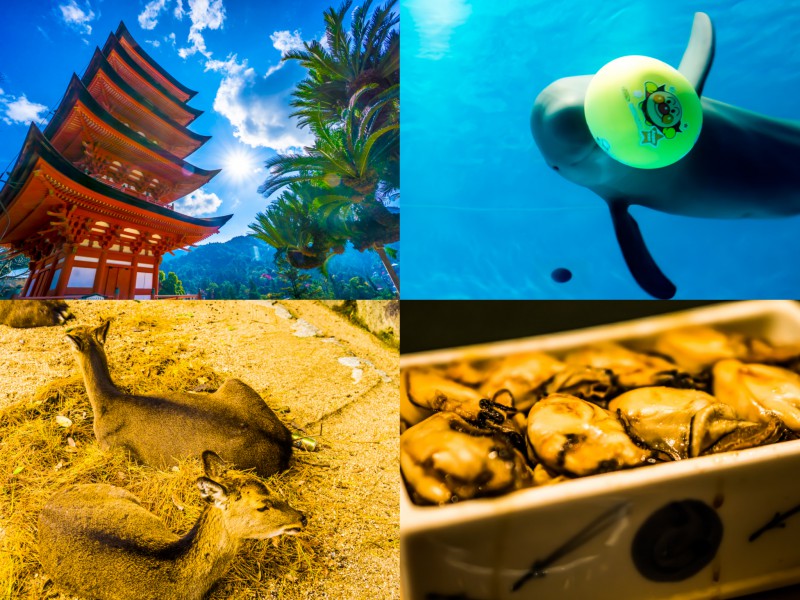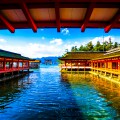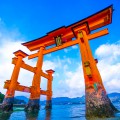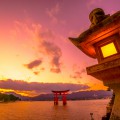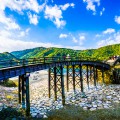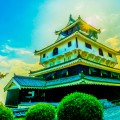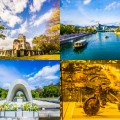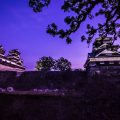[Introduction]
I traveled to Iwakuni, Miyajima and Hiroshima for 3 days and 2 nights in early December. In this article, I will write about tourist spots in Miyajima other than Itsukushima Shrine. When it comes to Miyajima, many tourists visit Itsukushima Shrine first of all, but there are many other places to visit in Miyajima.
[Visit Places (series of articles)]
* Iwakuni: Kintaikyo Bridge [Related article]
* Iwakuni: Iwakuni Castle [Related article]
* Miyajima: Itsukushima Shrine (daytime at high tide) [Related article]
* Miyajima: Itsukushima Shrine (daytime at low tide) [Related article]
* Miyajima: Itsukushima Shrine (evening and night) [Related article]
* Miyajima: Others [This article]
* Hiroshima: Hiroshima Castle [Related article]
* Hiroshima: Atomic Bomb Dome and Hiroshima Peace Memorial Park [Related article]
[Travel Date]
2015.12.03-05
[Main Part]
As my main objective in this trip was to visit Istukushima Shrine in Miyajima, I wrote about it in the past three article. Of course, there are other tourist spots, so I will write about them in this article.
Five story pagoda and Toyokuni Shrine (Senjokaku)
First, a five story pagoda and Tokyokuni Shinre (Senjokaku), which are located in the east side of Itsukushima Shrine. They are adjacent to each other, so it is efficient to visit them all together.
The five story pagoda in Miyajima was built in 1407. Just like Itsukushima Shrine, the pagoda is characterised by its vivid red color. Unfortunately, The interior of the pagoda is not open to the public, so I just watched its exterior.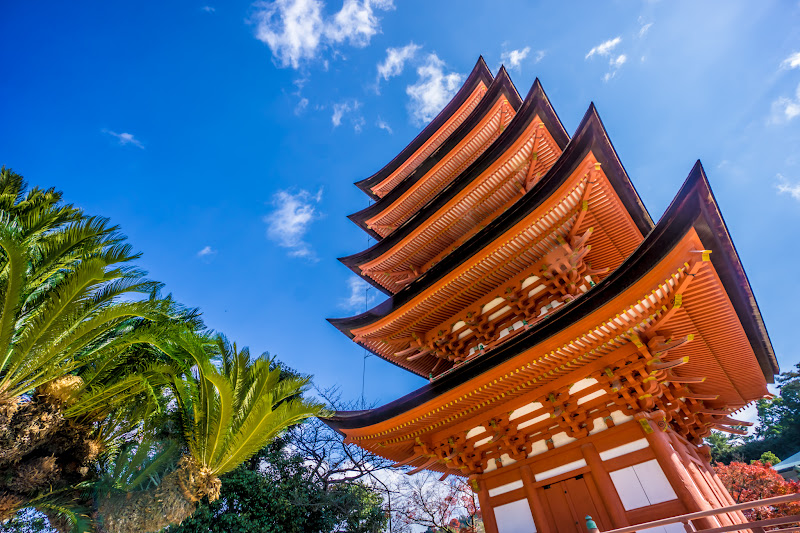
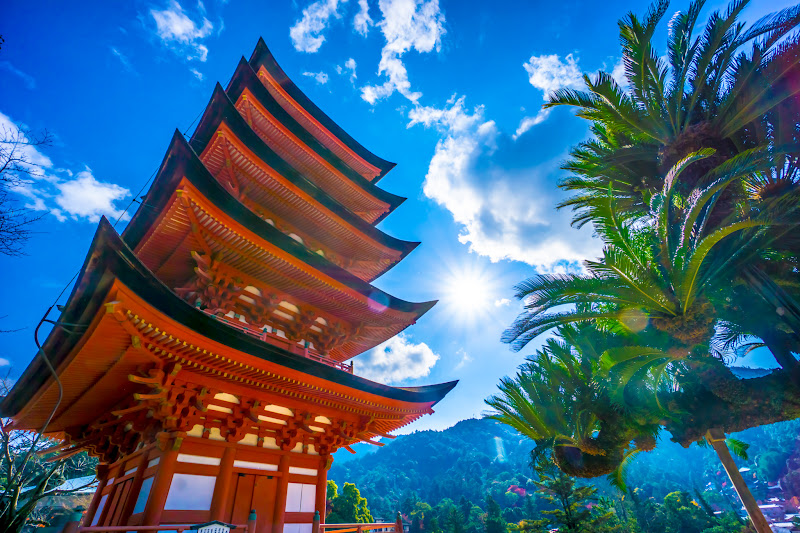
The view of the pagoda from Machiya street.
Toyokuni Shrine was started to build in 1587 by Hideyoshi Toyotomi, but he passed away before its completion, so it is still unfinished today.
The shine is also called “Senjkaku” (Hall of One Thousand Tatami Mats), reflecting its standing as the largest structure on Miyajima Island.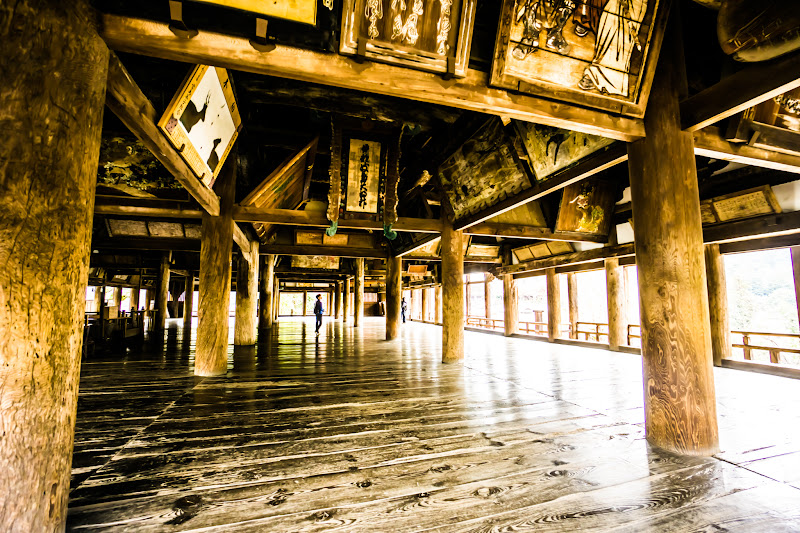


Big rice paddle.
When I moved to a corridor, 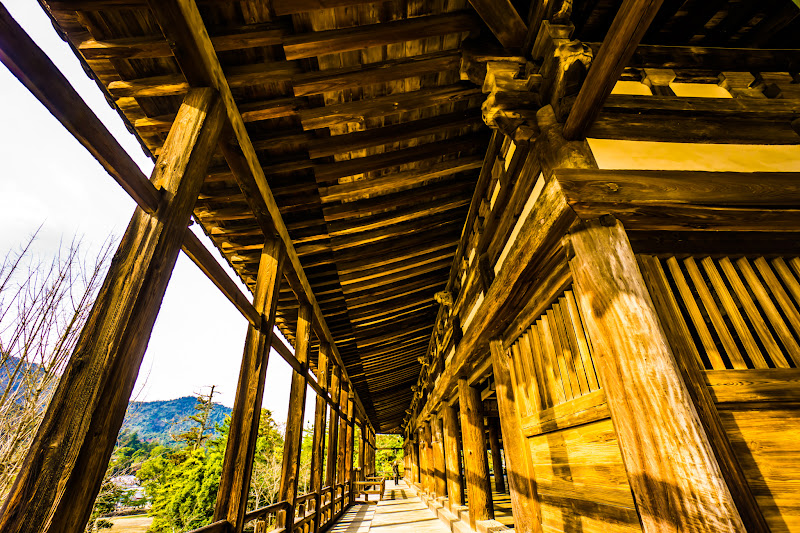
The five story pagoda was seen.

Miyajima Public Aquarium
Miyajima Public Aquarium was renewed in 2011 and it is also called “Miyaji-Marine”.
One of the highlights in the aquarium is finless porpoise. it has humorous looking.
It seems to be good at ball playing.
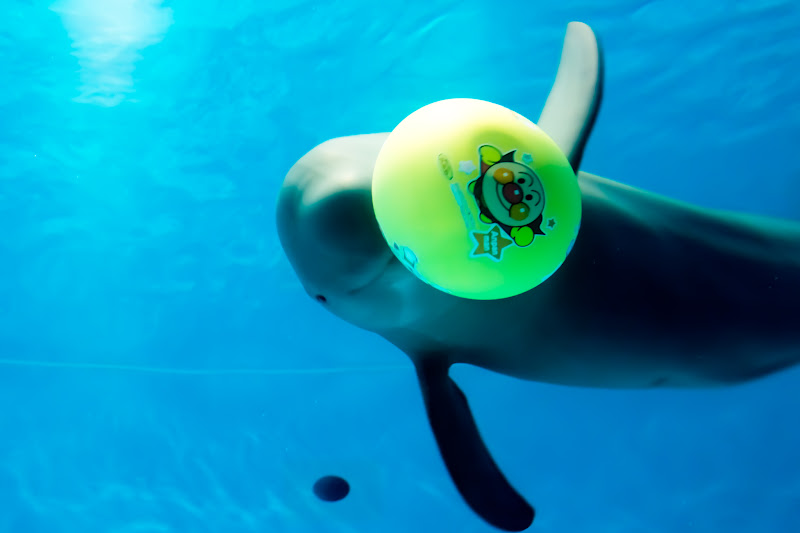
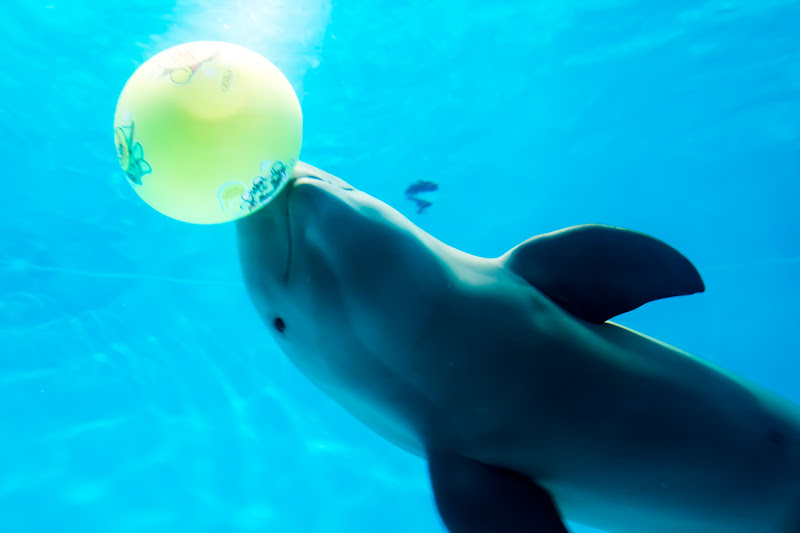
Another highlight in the aquarium is oyster rafts, as Miyajima is famous for its oyster.
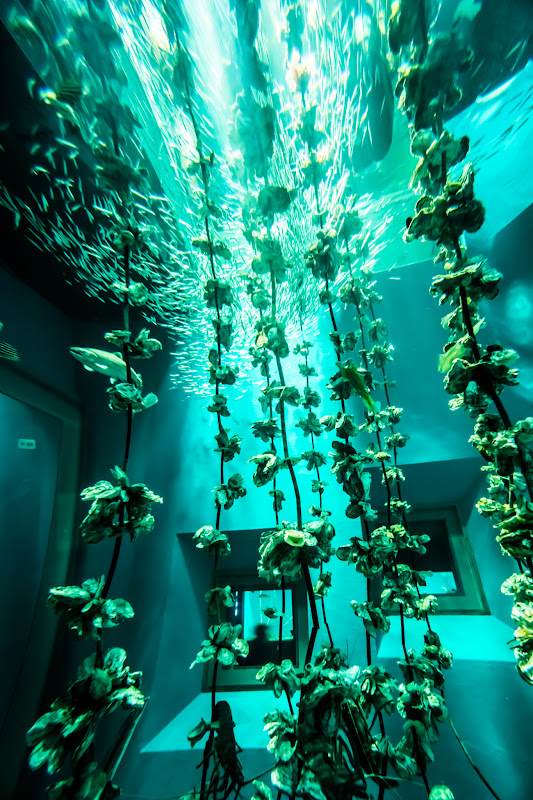
Here are other photos.



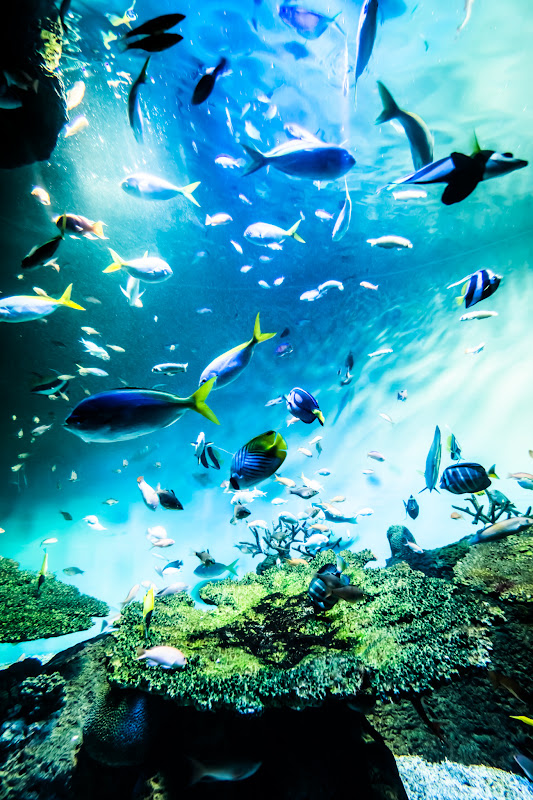
Kiyomori Shrine, Daiganji Temple, Treasure Hall, Tahoto (Two story Pagoda) and Daishoin Temple
The following five spots are located in the west side of Itsukushima Shrine. So, it is efficient to vist them together.
First, Kiyomori Shrine. It was developed in 1954 to mark the 770th year of Kiyomori Taira (a military leader of the late Heian period of Japan)’s death. The shrine is located near Miyajima Public Aquarium.
Daiganji Temple has been responsible for the repair and construction of Itsukushima Shrine. The temple is located near the exit of Itsukushima Shrine.



This is the Treasure Hall of Itsukushima Shrine. About 4,000 valued items such as fine arts and crafts, historical materials are displayed in the hall, but it is not allowed to take photos in the hall, so I just take a photo from outside.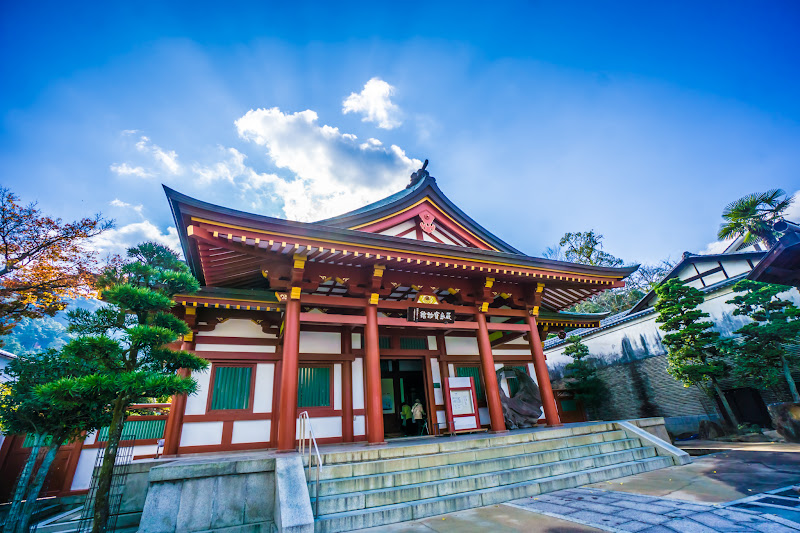
This is Tahoto (Two story Pagoda). In spring, the pagoda is surrounded by cherry blossoms.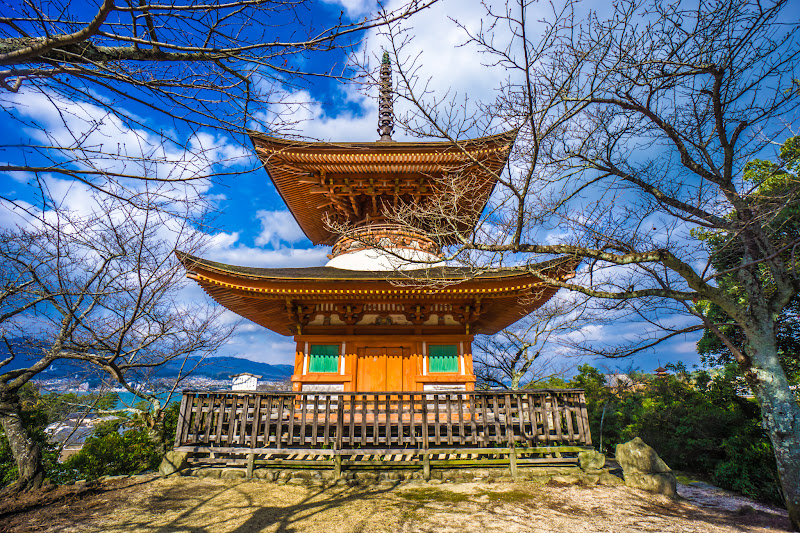
The final spot is Daishoin Temple, which is located at the bottom of Mount Misen.
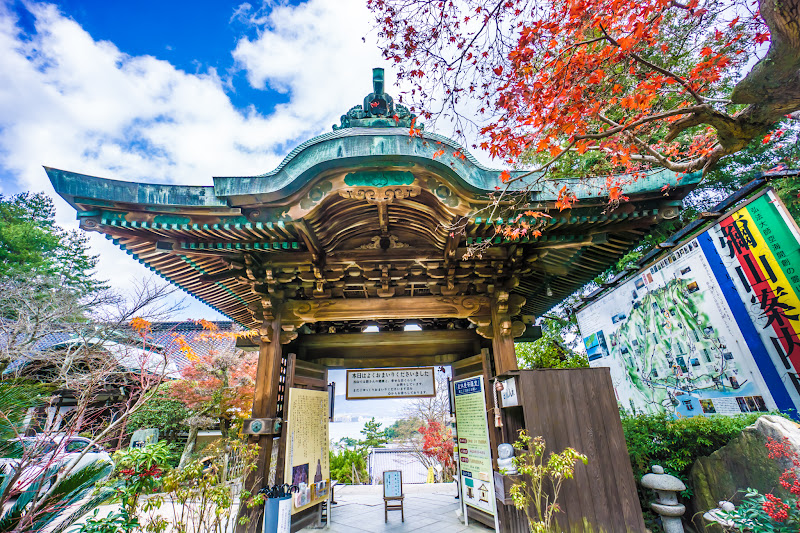
Until the separation of Buddhism and Shintoism in the Meiji period, the head priest of Itsukushima Shrine engaged in politics here.
A cute Buddhist statue.
In addition, there are are the statues of five hundred of Shaka Nyorai’s disciples in the temple.
These images all have unique facial expressions.

Other snaps
Here are other snap photos I took when I walked around Miyajima. First, Omotesando shopping street.

Small torii gate between Omotesando shopping street and Itsukushima Shrine.
A snapshot of an old street.
Deer in Miyajima
When you visit Miyajima, you will see many deer all over the places. As I had many opportunities to take photos of deer, I will post some of them。


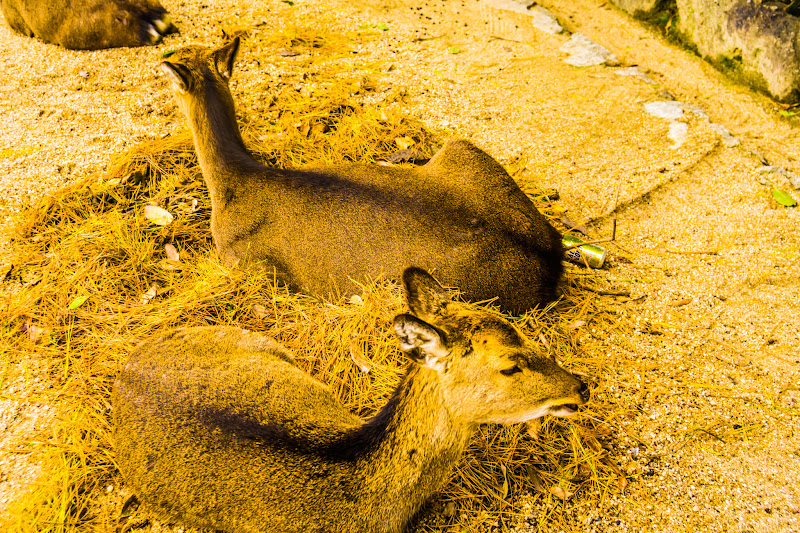

Miyajima Gourmet
Last but not least, I will write about Miyajima gourmet. Miyajima has several local specialties and in particular, Anago meshim, oyster and Momiji Manju are well known.
First, Anago meshi, which is broiled conger eel on top of rice..
I ate Anago meshi at Ueno, a Japanese restaurant dedicated to Anago meshi. It was opened in 1901 and actually Ueno was the restaurant that introduced Anago meshi for the first time.
In Miyajima, there many restaurants that serve oyster food, and I had it at Mametanuki, a Japanese restaurant.
Many restaurants in Miyajima close in the evening, but Mametanuki opens for both lunch and dinner.
Finally, Momiji Manju. Momiji Manju is maple leaf shaped snack cakes and the most popular sweet on Miyajima. There are about 20 manufacturers of Momiji Manjyu in Miyajima, and each have their own special characteristics. It is fun to taste different types of Momji Manjyu in Miyajima. Here are normal Momji Manjyu (mashed red bean paste and smooth red bean paste).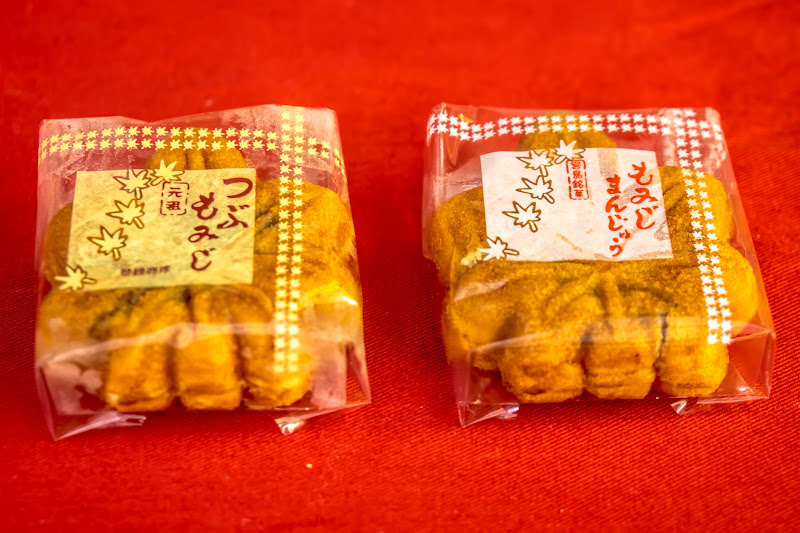
This Momji Manjyu includes cheese.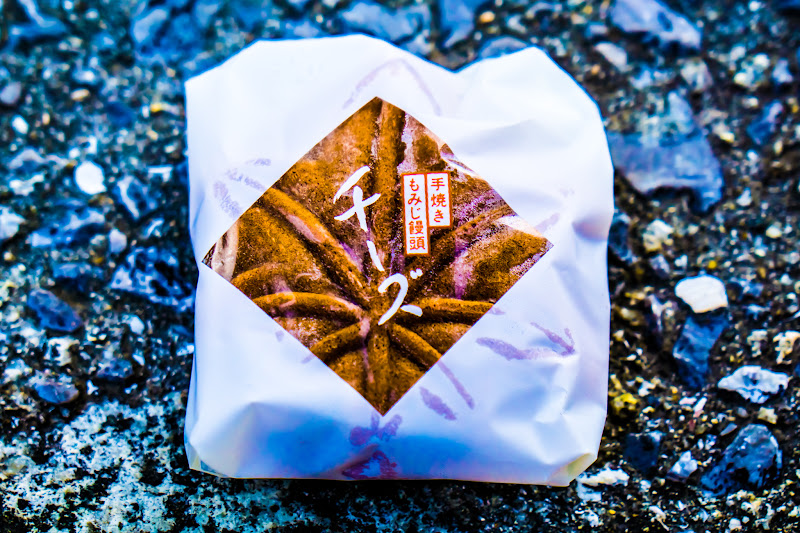
[Closing]
That’s it for the article about tourist spots in Miyajima other than Itsukushima Shrine. Now, you find there are many spots to visit in Miyajima other than Itsukushima Shrine, right? So, if you haev a chance to visit Miyajima, I would recommend you stay overnight rather than return in a day. A drawback is that accommodation rate in Miyajima is relatively expensive, as it is widely known to tourists for both Japanese and foreign visitors. Personally, it is worth to visit, nevertheless 🙂
From the next article, I will write about the central part of Hiroshima city, as the final day of my trip of three days and two nights.
(To be continued)
[Related Link]
MIYAJIMA OFFICIAL TOURISM WEBSITE, HIROSHIMA PREFECTURE, JAPAN
Miyajima Tourist Association
Miyajima Public Aquarium

